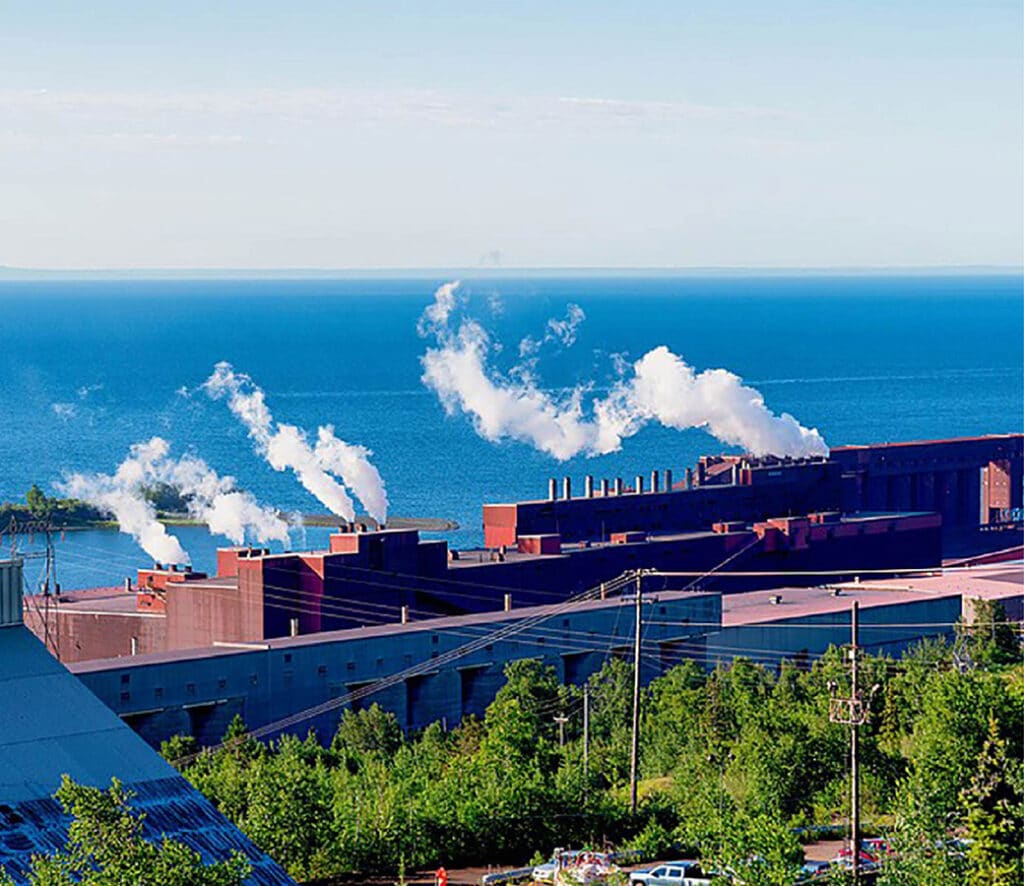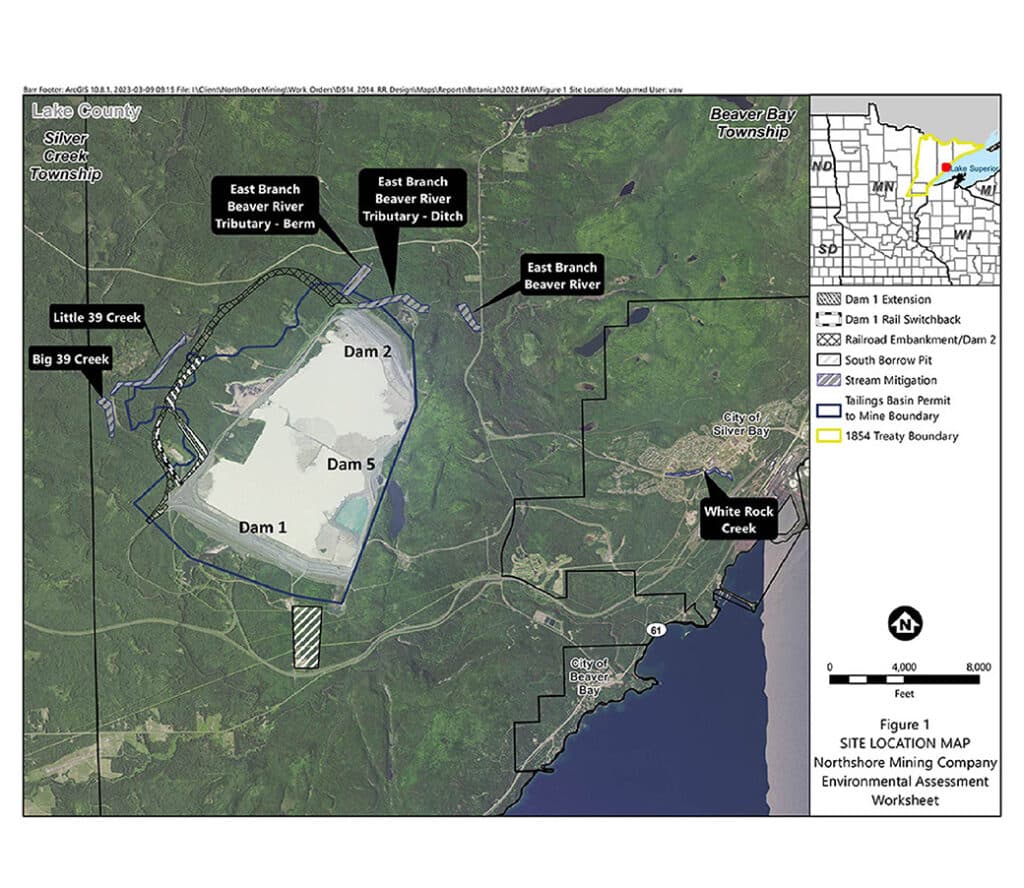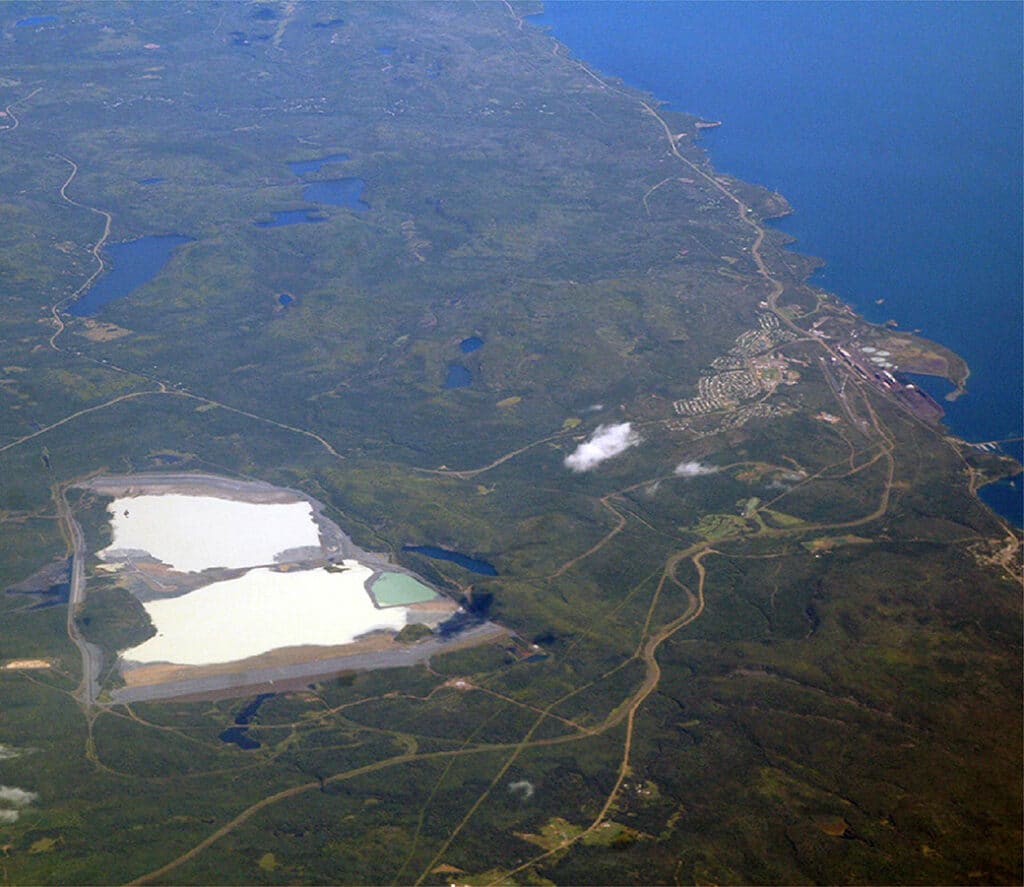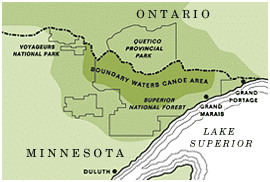
The Minnesota Court of Appeals sided with an environmental group over a mining expansion project along the North Shore. They ruled that the Minnesota Department of Natural Resources (DNR) must reconsider whether an Environmental Impact Statement (EIS) is necessary for the proposed expansion of the Mile Post 7 tailings pond. Northshore Mining is working to fulfill a permit allowing the company to expand the basin just 3 miles from Lake Superior.
Victory for environmental groups
WaterLegacy, a clean-water watchdog group, called the decision a step in the right direction. The group works to protect water resources and ensure compliance with environmental regulations in Minnesota. Executive Director and Counsel Paula Maccabee said, “This is an important victory. The Court’s ruling rejects Northshore’s claims that its massive tailings dam expansion is exempt from environmental review. It warns the DNR that previous environmental reviews and permits do not allow them to bypass scrutiny of a proposed mining project.”
The Court of Appeals stated that DNR made a mistake not requiring an EIS, noting that it was “arbitrary and capricious.” As a result, they communicated that regulators must revisit their decision to require an Environmental Impact Statement (EIS).
Mining expansion project
Cleveland-Cliffs, which operates Northshore Mining in Minnesota, is working to fulfill a long-standing permit. This permit allows the 2,150-acre basin near Silver Bay to store taconite-polluted runoff. As a result, the ponds could be used to capacity, potentially increasing the volume of runoff six-fold.
The company extracts low-grade iron ore and processes it into pellets for the steel industry. The mining process generates waste rock (tailings), which is stored in tailings ponds. These ponds are formed by embankment dams made from coarse tailings and natural elevation. If not properly managed, the ponds could release hazardous substances. This includes heavy metals and sulfur compounds, which pose risks to both the environment and human health.
To expand the ponds, Northshore would need to raise the dams, as required by the permit. The company plans to lengthen the dams and relocate a section of the rail tracks that deliver coarse tailings. Consequently, this would require diverting several streams around the facility.

Regulators defend decision
Although the DNR completed an environmental assessment worksheet (EAW), the review covered only some aspects of the project and overlooked others. Specifically, it did not address the impact of ongoing tailings deposits or the increase in the basin’s capacity. The EAW is a small-scale review that looks at the potential environmental impacts. It helps regulators determine where a more thorough study or EIS is needed.
In 2020, regulators determined that an EIS was not required, basing this conclusion on the results of the EAW. Because of this, they believed the mining project did not pose a significant environmental risk.
In an article by WDIO, DNR Assistant Commissioner Jess Richards said, “We appreciate the public’s comments on the proposed project and their perspectives on the history and regulation of the Mile Post 7 tailings basin.” She added, “Our review confirms that potential environmental impacts from the proposed project align with those studied in prior environmental reviews and/or are subject to robust ongoing regulatory oversight.”
Study for environmental impact supported
Environmental groups, Tribal groups, private citizens, and other elected officials have expressed concern over the long-term impact. Paula Maccabee of WaterLegacy said, “The Court’s decision gives DNR a new opportunity to require an EIS and an open, public Dam Safety permit process to protect Beaver Bay, Silver Bay, and Lake Superior from Mile Post 7 tailings dam failure. Lake Superior waters, Tribes, and all North Shore communities deserve an open public process to prevent Mile Post 7 catastrophic release of toxic tailings sludge and wastewater.”
The ruling doesn’t require the DNR to conduct the EIS study, but it recommends that the agency reconsider it. In an email to the Minnesota Star Tribune, spokeswoman Gail Nosek said the agency “has not yet determined whether it will petition the Supreme Court for further review.”
However, opponents like WaterLegacy have asserted that a more comprehensive study is needed. They state that the last EIS, done in 1976, is not enough. They argue that a newer impact statement should be completed before the go-ahead is given.

More info:
- Minnesota Court of Appeals ruling – Feb 3, 2025
- DNR must consider anew whether to study massive pool of mine waste above Lake Superior, court rules – The Minnesota Star Tribune
- Mile Post 7 West Ridge Railroad Relocation, Dam Extension, and Stream Mitigation Project – Minnesota DNR

